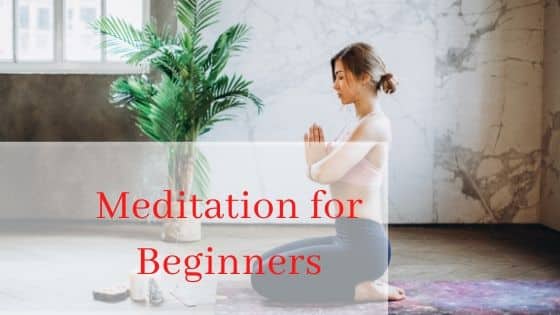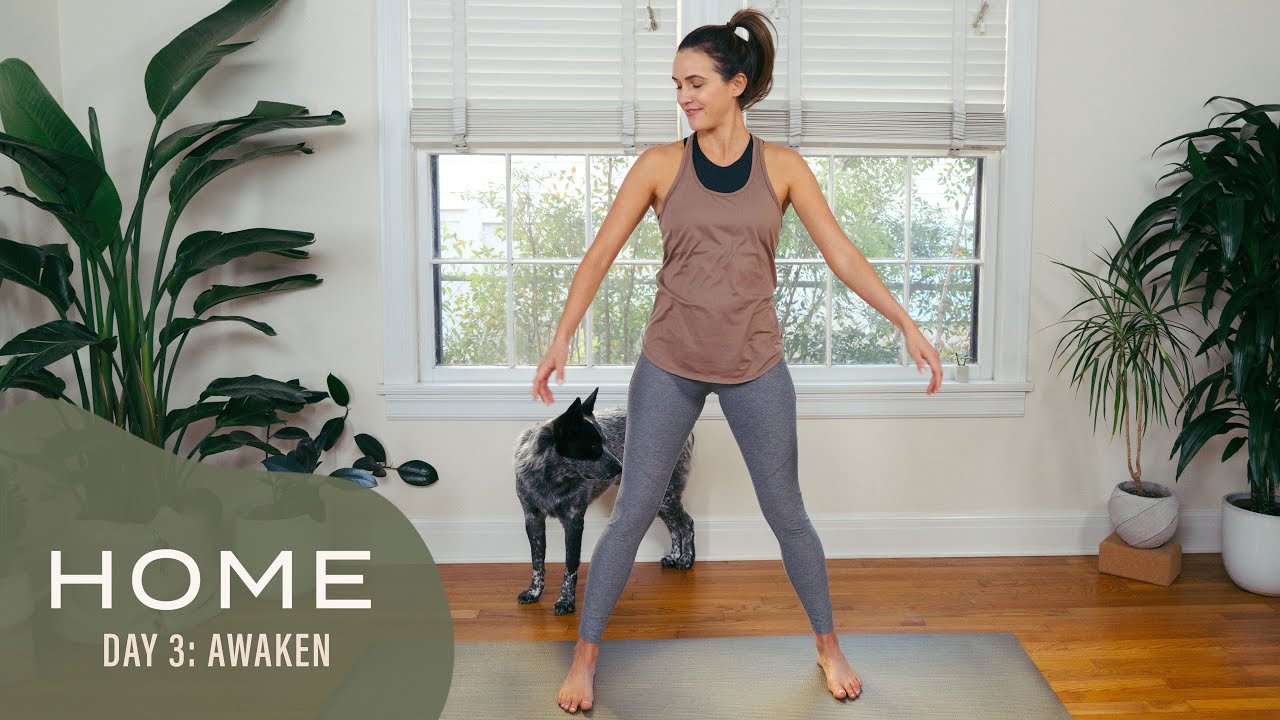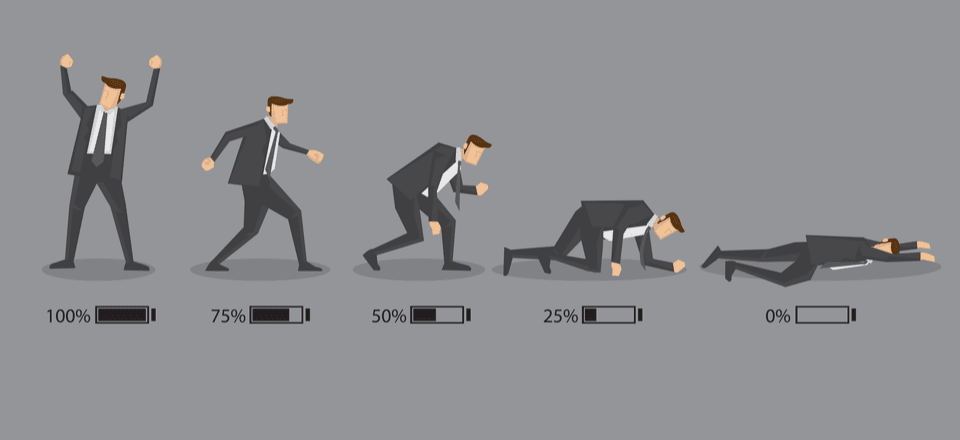
Hatha Yoga is a great way to exercise your body. This form of yoga is more about the internal organs and spine than muscles and joints. The poses cause less wear and tear and require less oxygen. In addition, a good hatha class will help you improve your posture and reduce pain and stiffness. For beginners, it can be difficult to perform a wide range of poses.
Hatha yoga focuses on gentle movement and breathing. The goal is to get in touch with your breathing and create harmony in your body. There are many hatha yoga classes available at a variety of fitness studios, with many of them incorporating meditation, chanting, and stretching. A great hatha class will also include a warm-up to make sure you're ready for each pose.
Hatha Yoga practice is about self-realization. This isn't about being able to do superhuman things, but rather about letting go your false identity. Although many people attempt Hatha yoga with positive intentions, it's possible that they will not achieve the desired results. It is possible to be tempted even to practice it with a bad purpose.

Hatha yoga also has a positive effect on your mental health. Harvard Medical School has recognized the benefits. As part of a 75-90 minute class, participants engage in guided breathing techniques. These exercises can have a direct effect on the nervous system as well as the life force energy of the body. If you can breathe correctly, your mind will become more stimulated. Hatha yoga can help with weight loss.
Pranayama is the core of Hatha yoga. It is a series breathing exercises that will help you unleash your life force. It promotes physical and mental health. Pranayama can be incorporated into regular Hatha yoga practice in order to increase its benefits. Your body will remain in a constant state of relaxation when you practice pranayama. You will find it easier to breathe deeply and more aware of your emotions.
Hatha yoga is an exercise that strengthens and increases flexibility. It helps manage stress and depression and improves your mental and physical health. It takes patience and persistence to master the various poses. Hatha yoga offers many benefits. Hatha yoga can help you reduce anxiety, depression, and increase your strength and flexibility. It's an excellent way of relaxing your mind as well as your body. It is not right for everyone. You may find that you need a professional instructor or just learn from a friend.
Although Hatha yoga is one type of yoga, there are many differences. Generally, a hatha class focuses on a few basic, static poses. In addition to strengthening your body, hatha is also an excellent way to improve your overall mood. It's great for the mind as well as the body. But it's crucial to choose a class you enjoy. It will help you achieve your goals and remain focused.

Hatha yoga classes focus on alignment and are slower-paced. They are different than vinyasa class, which moves through a series a number of poses quickly. Hatha teaches you the correct form and slows down. Unlike vinyasa, hatha yoga is a form of physical discipline. It can help you improve your strength, balance, and overall health. It can help you learn how to focus and control stress.
Hatha Yoga is a popular type of exercise. You don't need any previous experience to do the gentle poses. The purpose of the poses is to increase core strength and flexibility. Both are vital for good posture. Hatha yoga has hundreds of poses. A hatha class typically includes beginner's yoga exercises followed by a relaxation period. You can find a local studio and class that teaches hatha yoga near you if you are interested in learning more.
Hatha yoga, a slow and peaceful form of exercise, is an excellent choice. It is a good form of exercise for beginners and is a great way to improve your balance and strength. A hatha yoga class will help you improve your balance. The slower pace of hatha yoga will help you improve your posture. It can help you improve your flexibility as well as strength. Whether you're a beginner or a seasoned yoga practitioner, it's important to find a class that meets your needs.
FAQ
Is it true to say that protein overeating can lead to kidney stones?
Protein helps maintain healthy bone and tissue. Consuming too much protein can result is calcium excretion via urine. This can lead to kidney stones.
It is important that you note that not all people develop kidney stones when they consume more than 2 grams of protein per kg (2.2 pounds). You don't have to eat a lot of protein to get kidney stones.
By being careful with your sodium intake, you can prevent kidney stones. Sodium helps regulate water balance in the kidneys. A high level of sodium can increase the risk of developing kidney stone.
You can also reduce your intake of proteins if you develop kidney stones. About half of adults' daily caloric intake is made up of protein. It is possible to lose weight by cutting down on your intake of proteins.
If you do decide to eat more protein, don't go overboard. Do not eat more than 20% of your daily calories from protein.
What does milk do?
Consider what other uses you might have for your milk next time that you buy it. You may also benefit from consuming less coffee.
The benefits of milk have been demonstrated to be both beneficial to children and adults. Milk is rich in nutrients for children, including vitamin D and calcium.
It aids in digestion, strengthens bones, and promotes weight loss. Dairy products are more beneficial for adults than any other food.
Milk is also rich in lactose, so people who cannot digest this sugar easily can enjoy its benefits without experiencing stomach problems.
You can drink more milk than you would soda or juice. Milk contains more calcium and vitamin D, which can strengthen your bones and teeth.
If you don't like the taste of milk, you can always make your yogurt using plain low-fat milk. Yogurt is a great alternative to milk since it is lower in calories and higher in protein.
Yogurt also contains probiotics, which aid in digestion and improve immunity.
Warm milk can help you sleep better if you have trouble falling asleep. Warm milk relaxes muscles and increases serotonin levels, helping you get a good night's rest.
What is the best work out for men aged 40+?
Older men often have more energy and stamina when they exercise.
It is important to note that most people over 40 experience a loss of testosterone in their bodies, resulting in lower sex drive.
But, that doesn't mean you can't enjoy some physical activity. There are many studies that show regular aerobic exercise can raise testosterone in some men.
Aerobics can be a good way to improve your sexual performance.
Which is the best order to exercise?
It all depends on what you're looking for. Start with heavy lifting if you're looking to build muscle mass. Then you can move to cardio. Next, if you're looking to lose weight then switch to strength training.
Cardio is a great way to lose fat if you are just looking for a quick workout. Add strength training to your workouts.
Do cardio first if you are looking to increase muscle mass. It stimulates growth hormones that help build muscle mass.
Before you start your workout, it is a good idea to eat. This will give your muscles more fuel, so they work harder. You will feel happier during your workout.
How many calories per day should I consume?
The exact amount varies depending on the person. The average is 2000 - 2500 calories per day. It is important to consider your lifestyle and determine how many calories you'll need.
Statistics
- According to the American Heart Association, blood pressure should be checked at least once every two years, beginning at age 20. (my.clevelandclinic.org)
- Get free shipping and 25% off today. (healthline.com)
- 10 pounds in a month is likely during a lean bulking phase, especially for beginners. (muscleandstrength.com)
- The PRS enabled risk stratification for overall prostate cancer and lethal disease with a four-fold difference between men in the highest and lowest quartiles (HR, 4.32; 95% confidence interval [CI], 3.16-5.89). (pubmed.ncbi.nlm.nih.gov)
- According to the American Academy of Dermatology (AAD), men over 50 are at a heightened risk of developing it. (healthline.com)
External Links
How To
How can I burn fat while exercising?
Exercise reduces calories by increasing metabolism, and oxygen consumption.
At moderate intensity, you will lose weight easily.
These are some tips to help you lose fat while working out:
-
Cardio exercises can include running, walking, swimming or cycling.
-
Exercise for 30 minutes three times per week.
-
Add strength training to your workouts if you are looking to lose more weight.
-
Avoid intense workouts. You can build muscle and not break down muscle tissue.
-
During exercise, drink plenty of water. Water flushes out toxins and helps keep the body hydrated.
-
After exercising, you should drink low-fat protein drinks. Protein shakes repair muscles and increase energy.
-
Eat smaller meals throughout the day, so you don't feel hungry between meals.
-
Don't skip breakfast! Skipping breakfast can leave you feeling tired and sluggish.
-
Take care of your mental health. Stressful situations can slow your metabolism.
-
Keep a positive attitude. Studies show that people who believe they are overweight gain more weight then those who think they are attractive.
-
Get enough sleep. Lack of sleep makes it harder to burn fat.
-
Always be active. Move around at least once an hour.
-
Maintain a healthy diet. You will feel fuller longer if you eat right.
-
Find ways to relax. Relaxing doesn't mean your body releases stress hormones which cause muscle tissue to be destroyed.
A balanced diet contains all necessary nutrients for growth and development.
Instead of eating three large meals a day, eat six smaller meals every day. This allows your body to properly digest what you have eaten.
You need about 500 milligrams of calcium daily to maintain strong bones. Calcium can be found in dairy products such as yogurt, fortified soybean beverages, orange juice, cereals, bread, and cereals.
Calcium is found in leafy vegetables, beans and tofu, as well nuts, seeds and cheese.
Vitamin D is essential for calcium absorption. Vitamin D is found in eggs yolk, fatty fish and fortified foods.
Vitamin E is vital for your skin's health. Vitamin E can also be found in vegetable oil, wheat germ oils, peanuts as well almonds, sunflower seeds and corn.
Your body requires zinc for normal immune function and wound healing. Zinc can be found in seafood, legumes and meats.
Zinc deficiency can cause fatigue, loss of appetite, depression, and impaired immunity.
Sugar intake can lead to insulin resistance which causes blood glucose levels to rise. Insulin resistance is linked to weight gain.
Insulin resistance develops when there are high levels of free radicals in the bloodstream. Free radicals are molecules containing unpaired electrons which cause damage to cells membranes.
The most common sources of free radicals include food additives.
Free radical damage can cause cancer, heart disease and diabetes, as well as arthritis, asthma, and other diseases.
Eating a well-balanced diet with antioxidants is the best way to prevent free radical damage. Antioxidants protect against oxidative damage.
Vitamin C is found in citrus fruits and beta carotene is found in carrots.
Selenium, manganese (and zinc) are other antioxidant nutrients.
Selenium protects cells from free radical damage. Selenium can also be found in Brazil nuts (tuna), liver, kidneys and shrimp.
Copper protects the brain and eyes as well as the lungs and red blood cells. Copper is found in shellfish, poultry, meat, and organ meats.
Manganese plays an important role in bone structure. Manganese may be found in brown rice or spinach, bananas and prunes as well raisins, oatmeal and lentils.
Zinc is essential for normal growth, reproduction, wound healing, and average growth. Zn is found in lean cuts of meat, white fish, poultry, and eggs.